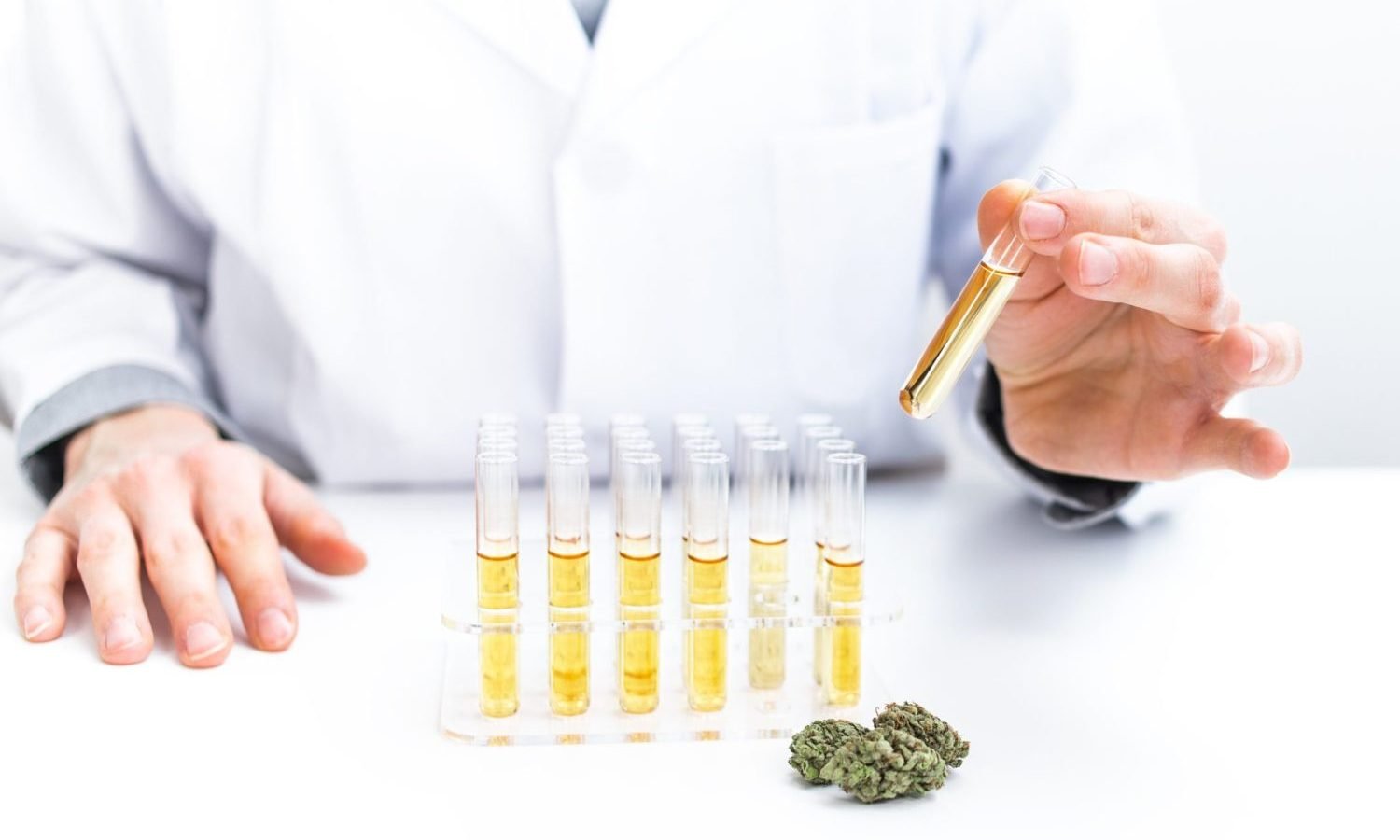
What a national medical marijuana registry could mean for those on the list
The National Institute on Drug Abuse (NIDA) has applied to create a national database of medical marijuana users to learn more about marijuana and its use to treat diseases in America. This would be the most comprehensive registry of its kind and could help generate significant new data on the subject.
However, it’s only natural for a medical marijuana patient to see this new register and feel a little uncomfortable. Sure, many states with medical marijuana programs have their own registries, but never has there been a registry pool with as diverse a range of potential uses as the one NIDA plans to create. This begs the question: if you currently use medical marijuana, what does that mean for your future?
Photo by LPETTET/Getty Images
RELATED: How to Get a Medical Marijuana Card in Your State
This database could cover a wide range of medical cannabis users, but individuals need not worry about their medical privacy in this matter. On the one hand, this database includes an application process and is voluntary. According to NIDA’s Request for Application (RFA), “It is looking for requests to develop and maintain a medical cannabis use registry to identify the conditions reported as reasons for medical cannabis use, how and what products are used, and evaluate the associated medical outcomes. ”
In addition, medical marijuana records are protected by HIPAA, which protects the medical patient’s right to privacy at the federal level. Because medical marijuana isn’t legal federally, there’s sometimes concern that HIPAA regulations might not apply to medical marijuana. Corresponding The Compliance Group“HIPAA actually applies to the medical marijuana industry.”
While there is no need to worry about privacy with this proposed database, there may be concerns about acquiring and maintaining a medical marijuana ID card in the future. One of the goals of this national registry is to understand how and why people as a nation gain access to medical marijuana.
Corresponding petrol“With this move, NIDA intends to address the issue of heterogeneity in the conditions for which patients can apply for a medical cannabis card, as rules vary from state to state.” This research could potentially streamline access to medical marijuana, or it could propose to enact more specific regulations regarding obtaining a medical marijuana ID card — only time will tell.
However, a database of this type has several potential advantages. For example, NIDA points to the need for significantly more data and research on medical marijuana to learn more about its potential benefits for major health problems like opioid addiction.
According to that RFA“Some studies have shown that chronic use of prescription opioids decreases after cannabis use, while others show no changes in opioid drug use.” We have previously reported about the need for more information for physicians to understand how marijuana affects things like opioid addiction. While clinical trials remain difficult due to the federal marijuana ban, a database of this magnitude could provide valuable insight into the medicinal benefits of cannabis in relation to pain and addiction.
 Photo by Esther Kelleter/EyeEm/Getty Images
Photo by Esther Kelleter/EyeEm/Getty Images
RELATED: Evaluating Each State’s Medical Marijuana Program — How Well Did Your State Do?
This large registry can provide information on how well medical marijuana works for all sorts of conditions, as well as tracking trends and usage. While targeted clinical trials may yield better results, in the meantime, it’s certainly an effective approach while the federal government continues to take its time deciding the fate of cannabis nationally.
The goal appears to be to unify the data available in most states where medical marijuana is widely used. It’s as if the information is all there, only it’s broken down into individual states and not offering its maximum effectiveness. Or as NIDA wrote“With many patients already using cannabis products for medical applications, it is important to identify the existing and evolving evidence and to harmonize and coordinate this information to maximize the potential benefit to patients while minimizing harmful effects,” NIDA

Post a comment: